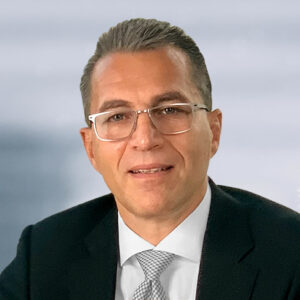Research led by Canadian concussion specialist Dr. Paul Echlin proves that all it takes is one concussion to alter the brains of young athletes.
Working in collaboration with neuroscientists around the world, Echlin analyzed the brains of 45 male and female hockey players aged 19-26. MRI imaging revealed microscopic changes that could be linked to cognitive deficits and long-term brain diseases like Chronic Traumatic Encephalopathy (CTE).
Part I of the study focused on changes in the brain immediately following a concussion. Eleven of the 45 hockey players suffered concussions throughout the season.
MRI scans revealed microbleeding in all 11 concussed brains.
Part II examined the brain’s white matter three days post-injury (white matter transmits signals from one part of the brain to another). Scans revealed inflammation in the brain that constricted the space between white matter cells.
Part III compared MRI scans at the end of the players’ season to original baseline scans. All showed varying levels of microscopic change in both injured and uninjured brains. The microscopic change “could be the first sign of long-term pathologies,” said Martha Shenton of Harvard Medical School.
Prevention is Key
Some believe improved safety gear will play an important role in brain injury prevention – equipment like concussion-reducing helmets that are starting to hit store shelves.
However, Echlin believes brain injury prevention must happen at the social level. “It is time to consider a cultural shift to address the prevention and treatment of [concussion] that is occurring at epidemic proportions,” says Echlin.
Dr. Michael Cusimano, a neurosurgeon at a Level 1 trauma centre in Toronto, says we need to find new ways to keep kids in sports while keeping them as safe as possible. He believes professional leagues like the NHL must set the tone. “Whatever is done at the professional level in sports is emulated almost immediately by children who idolize their heroes. NHL players also have to be aware of this and set a better example for our kids,” says Cusimano.
Cusimano also believes that parents must teach kids what is and is not acceptable in sports. Do you shout words of encouragement when a fight breaks out on the ice? Do your words and body language show your excitement? This response to violence tells kids that fighting in sports is okay. It’s time to send our kids a new message.
For more information:
- A prospective study of physician-observed concussions during junior ice hockey: implications for incidence rates, Journal of Neurosurgery
- New research shows that even first head injury changes the brain, The Globe and Mail
- New study shows concussion in hockey change young players brains, CBC
- Using susceptibility-weighted imaging to study concussion in college ice hockey players, Science Daily
- Why we need to fix fighting in hockey and the NHL: Our kids, the Globe and Mail







